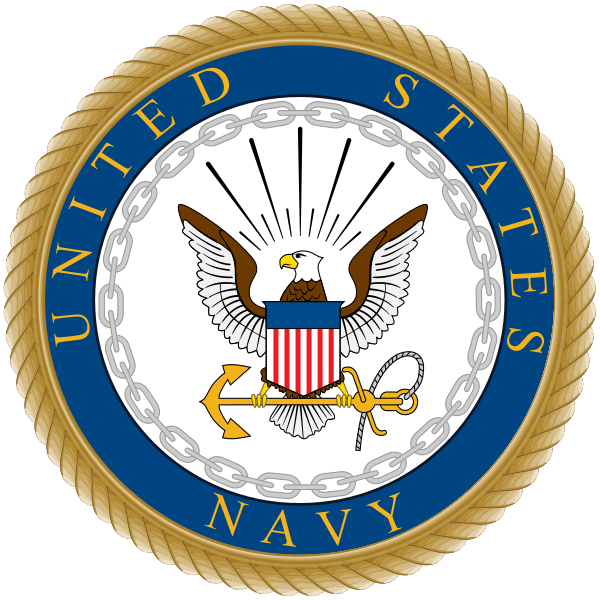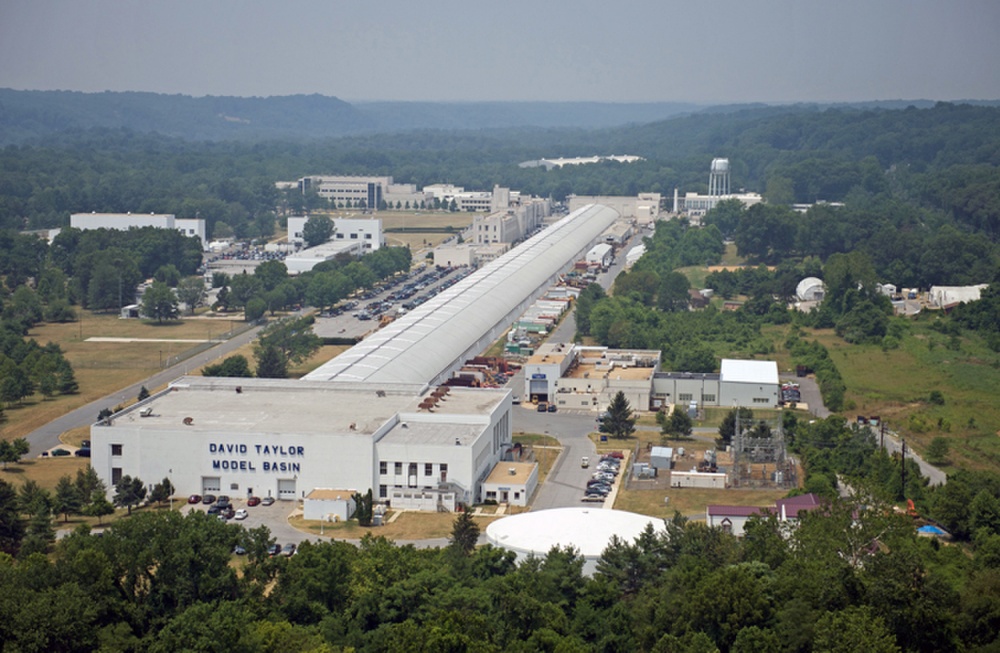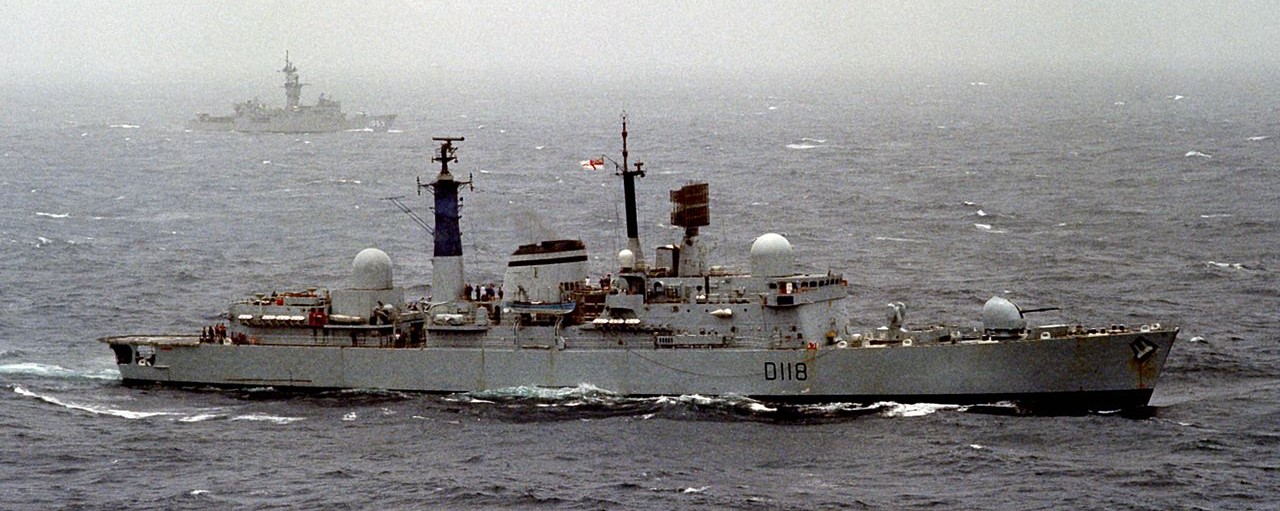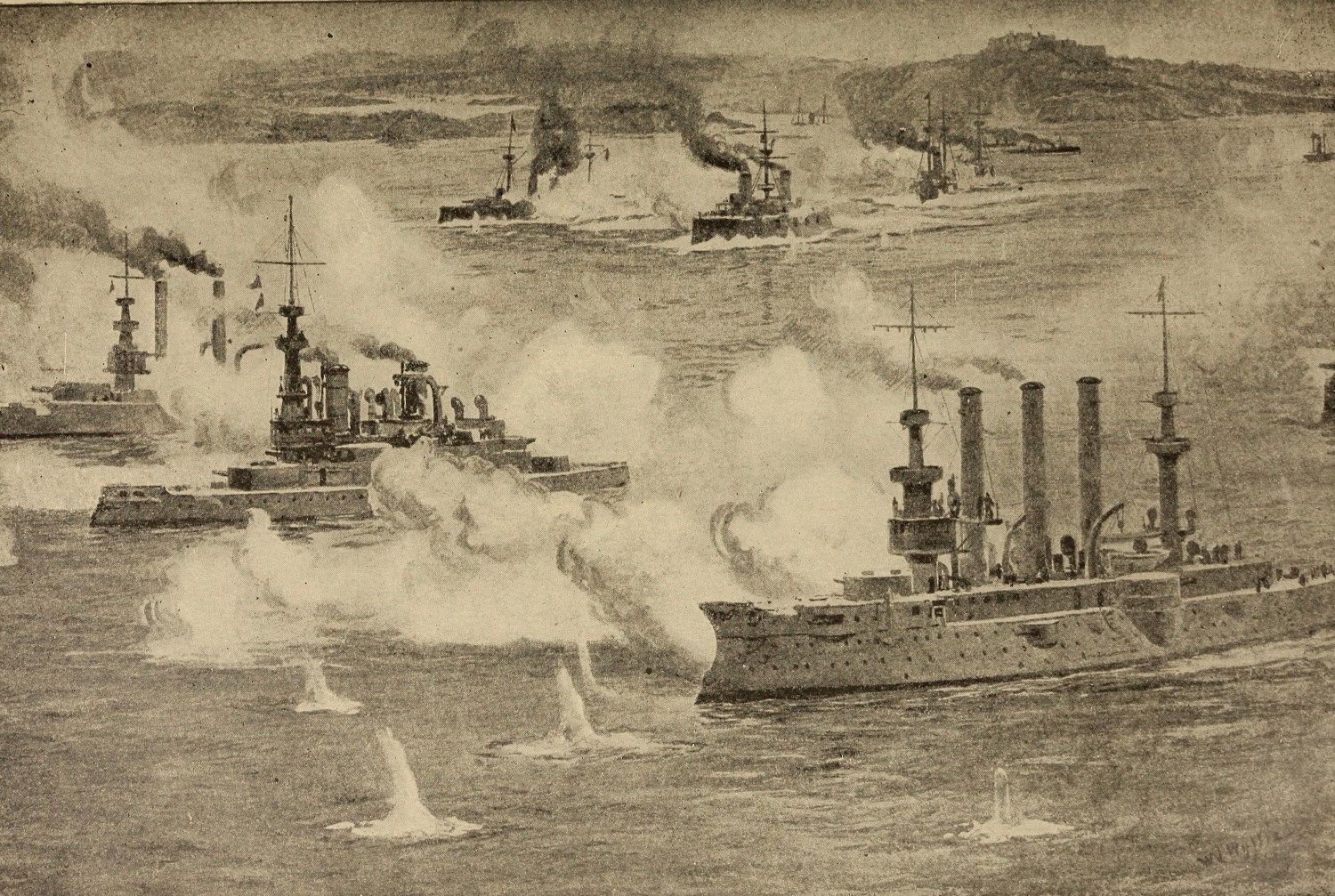I'm going to branch out a bit and talk about the USN as it exists today. It's a large and complex organization, made up of both uniformed servicemembers and civilians. The USN has, broadly speaking, four major combatant branches: surface warfare, aviation, submarines, and, in concert with the Marine Corps, amphibious warfare. Of course, these branches require a great deal of support, ranging from auxiliary ships to construction units to security personnel to medical teams to the command and intelligence services that tie it all together.

Ultimately, everything can be traced back to the President, as Commander-in-Chief of the armed forces. Authority flows down from him through the Secretary of Defense to the Secretary of the Navy, who is the head of the Department of the Navy, which includes both the Navy and the Marine Corps. The uniformed head of the Navy is the Chief of Naval Operations, while the Marine Corps is lead by the Commandant. However, neither of these men have any direct command authority over forces in the field. Their responsibility is to create and train forces, not to use them. Since the 1980s, that has been the job of the Unified Combatant Commanders, four-star generals or admirals who control all US military forces in a specific geographic area, known as a Unified Combatant Command (UCC) and who report directly to the Secretary of Defense. Ships, aircraft, and other military assets are assigned to each UCC as dictated by operational needs. Each geographic UCC has one or more numbered fleets, which provides command of all naval forces afloat in the region.
Read more...












Recent Comments